The Instant Grocery Market is currently characterized by intense competition and rapid growth, driven by evolving consumer preferences for convenience and speed. Key players such as Gorillas (DE), Getir (TR), and Instacart (US) are strategically positioning themselves through various operational focuses. Gorillas (DE) emphasizes rapid delivery times and a localized approach, while Getir (TR) has expanded aggressively into new markets, leveraging its established brand presence. Instacart (US), on the other hand, is enhancing its digital platform to integrate more seamlessly with grocery retailers, thereby solidifying its market position. Collectively, these strategies contribute to a dynamic competitive environment where innovation and customer experience are paramount.
In terms of business tactics, companies are increasingly localizing their supply chains and optimizing logistics to enhance efficiency. The market structure appears moderately fragmented, with numerous players vying for market share. However, the influence of major companies is significant, as they set benchmarks for service quality and operational standards. This competitive landscape encourages smaller entrants to innovate and differentiate themselves, thereby intensifying the overall competition.
In September 2025, Gorillas (DE) announced a partnership with local farms to source fresh produce directly, which is likely to enhance its product quality and appeal to health-conscious consumers. This strategic move not only strengthens Gorillas' supply chain but also aligns with the growing consumer demand for sustainability and local sourcing. Such initiatives may position Gorillas favorably against competitors who rely on traditional supply chains.
In August 2025, Getir (TR) launched a new AI-driven inventory management system aimed at optimizing stock levels and reducing waste. This technological advancement is crucial as it allows Getir to respond more effectively to consumer demand fluctuations, thereby improving operational efficiency. The integration of AI into their logistics could potentially set a new standard in the industry, compelling other players to adopt similar technologies to remain competitive.
In July 2025, Instacart (US) expanded its delivery network by partnering with several regional grocery chains, enhancing its reach and service capabilities. This strategic expansion is indicative of Instacart's commitment to providing a comprehensive grocery solution, which may attract a broader customer base. By aligning with local retailers, Instacart not only diversifies its offerings but also strengthens its competitive edge in the market.
As of October 2025, the Instant Grocery Market is witnessing trends such as digitalization, sustainability, and the integration of AI technologies. Strategic alliances are increasingly shaping the competitive landscape, allowing companies to pool resources and expertise. Looking ahead, it appears that competitive differentiation will evolve from traditional price-based strategies to a focus on innovation, technological advancements, and supply chain reliability. This shift suggests that companies that prioritize these areas may gain a substantial advantage in the rapidly changing market.


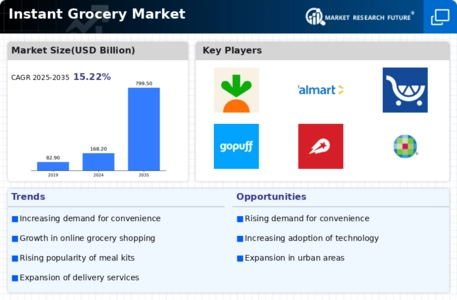
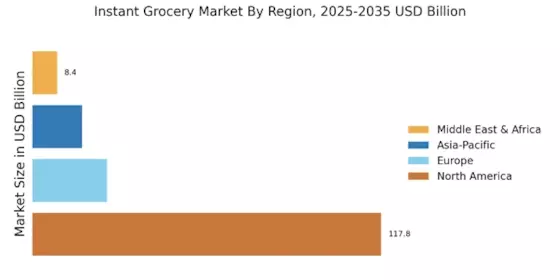

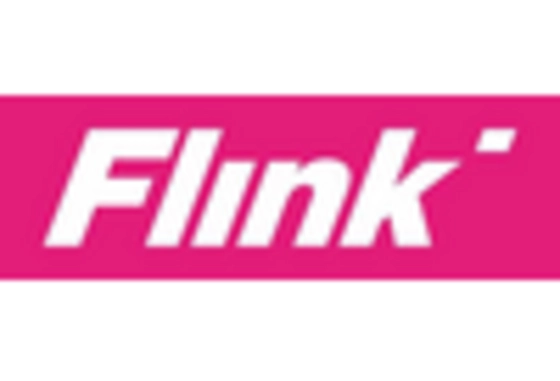

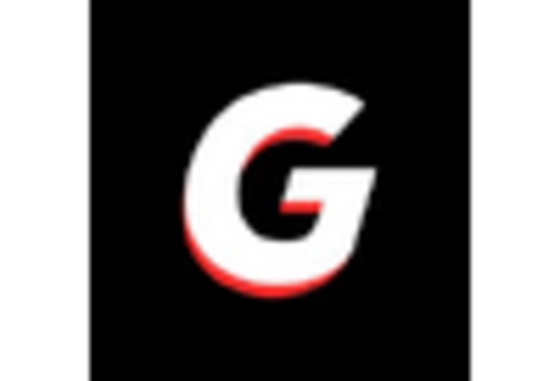

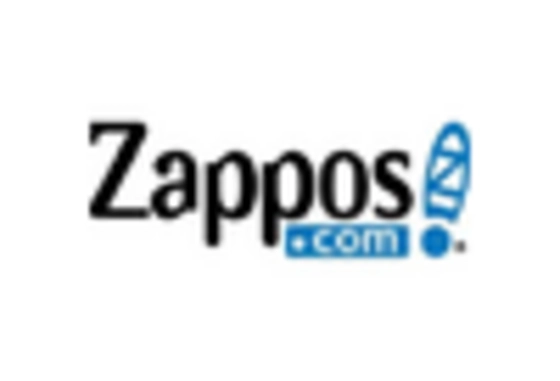








Leave a Comment